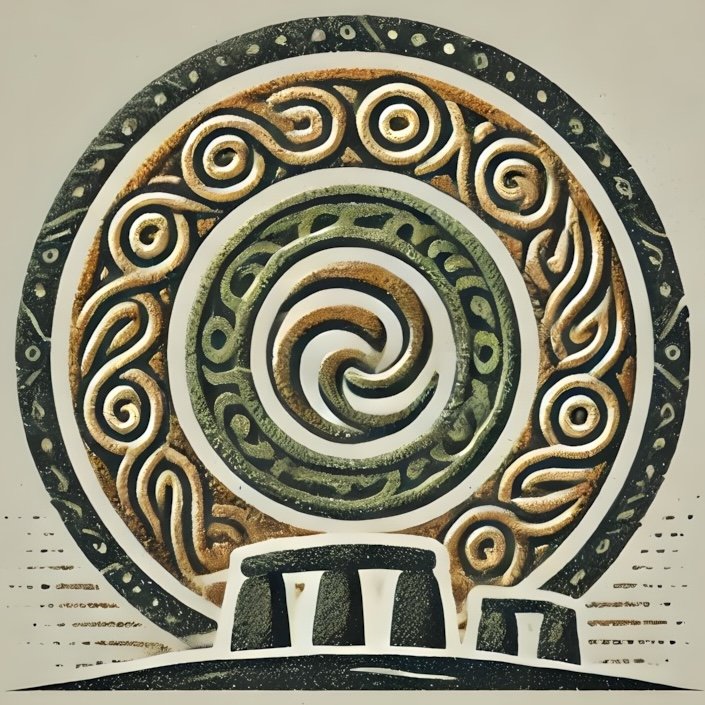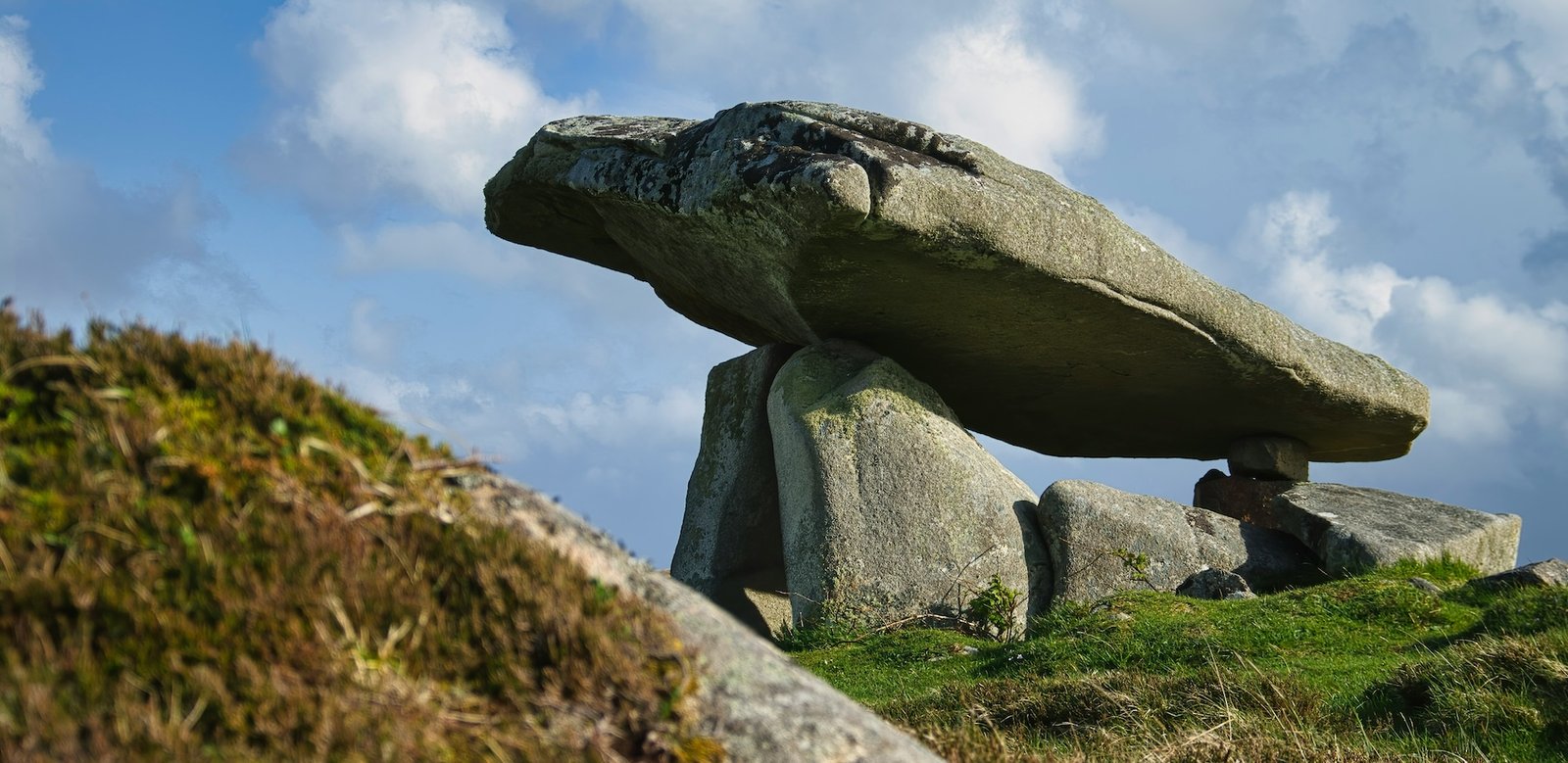Saxon Interactions and Early Medieval Shifts
Introduction to Saxon Interactions
The early medieval period, particularly between 400 and 800 CE, was a time of profound transformation across Europe, characterized by the decline of Roman influence and the rise of new powers, including the Saxons. For Ireland, this era marked significant interactions with these Germanic tribes, which would shape its cultural, social, and religious landscapes. This pillar page delves into the intricate web of Saxon interactions with the Irish, exploring their historical context, nature, impacts, and lasting legacies.
Historical Background
To understand Saxon interactions with Ireland, one must first consider the broader historical context. As the Roman Empire waned in the West, various tribes, including the Saxons, began to assert their influence across Europe. The Saxons, primarily located in what is now Germany and the Netherlands, were known for their seafaring capabilities and warrior culture. By the 5th century, as they began to settle in Britain, their interactions with the Irish intensified, driven by trade, migration, and conflict.
Ireland, during this period, was experiencing its own transformations. The island was divided into various kingdoms, each with its own ruling dynasties and cultural practices. The lack of a centralized authority allowed for fluid interactions with external groups, including the Saxons, who sought resources, trade routes, and opportunities for settlement.
Nature of Interactions
The interactions between the Saxons and the Irish were multifaceted, encompassing trade, conflict, and cultural exchange. The Saxons were particularly interested in Ireland’s rich resources, including gold, silver, and agricultural products. Archaeological evidence suggests that trade routes were established, facilitating the exchange of goods such as textiles, pottery, and metalwork.
However, these interactions were not solely peaceful. As the Saxons expanded their territories in Britain, they often clashed with the Irish, leading to skirmishes and raids. These conflicts were fueled by competition for resources and territorial claims, creating a complex relationship marked by both cooperation and hostility.
Impact on Irish Society
The Saxon presence in Ireland had a significant impact on Irish society. The influx of goods and ideas contributed to the development of local craftsmanship and trade networks. The introduction of new agricultural practices and technologies helped enhance food production, which in turn supported population growth and urbanization in some areas.
Moreover, the interactions with the Saxons contributed to the evolution of Irish political structures. As local kings sought to consolidate power, they often engaged in alliances or conflicts with Saxon groups, shaping the political landscape of early medieval Ireland. The resulting power dynamics laid the groundwork for the emergence of more centralized kingdoms in the following centuries.
Religious and Mythological Interactions
Religion and mythology played pivotal roles in shaping the interactions between the Saxons and the Irish. The arrival of Christianity in Ireland, which began in earnest in the 5th century, coincided with increased Saxon influence. While the Saxons were predominantly pagan during this period, the spread of Christianity offered a common ground for interaction.
Irish mythology, rich with tales of gods, heroes, and supernatural beings, began to intertwine with Saxon beliefs. The stories of legendary figures like Cú Chulainn and the Tuatha Dé Danann were juxtaposed against Saxon mythological traditions, leading to a fascinating cultural exchange. This blending of narratives can be seen in later literary works, where Irish and Saxon elements coalesce, reflecting the complexities of their interactions.
Archaeological Evidence
Archaeological findings provide crucial insights into Saxon interactions with Ireland. Sites such as the monastic settlement at Glendalough and the hillforts of Tara and Emain Macha have yielded artifacts indicative of trade and cultural exchange. Items such as Saxon pottery, metalwork, and textiles have been uncovered, suggesting that these interactions were not merely superficial but had lasting impacts on material culture.
Furthermore, burial sites reveal a blending of burial practices and grave goods, reflecting the syncretism between Saxon and Irish traditions. The presence of Saxon artifacts in Irish contexts indicates that trade routes were not only established but also actively utilized, facilitating the movement of people and ideas across the Irish Sea.
Literary and Historical Sources
The literary and historical sources from this period provide a rich tapestry of narratives that illuminate Saxon interactions with the Irish. Texts such as the “Annals of the Four Masters” and the “Book of Invasions” chronicle events that reflect the complexities of these interactions. While some accounts portray the Saxons as adversaries, others highlight alliances and trade relationships.
Additionally, the writings of early Christian missionaries, such as St. Patrick, offer glimpses into the cultural landscape of the time. Their accounts often reflect the tensions and collaborations between the Irish and Saxons, shedding light on the evolving religious dynamics that characterized this period.
Regional Variations in Interaction
The nature of Saxon interactions with the Irish varied significantly across different regions of the island. In the east, where trade routes were more accessible, interactions tended to be more commercial and collaborative. Coastal areas, such as Dublin and Waterford, became vibrant centers of trade, where Saxon merchants exchanged goods with Irish traders.
In contrast, the western regions, characterized by rugged terrain and less accessibility, experienced more conflictual interactions. The mountainous landscapes of Connacht and Ulster saw frequent raids and skirmishes, as local kings defended their territories against Saxon incursions. These regional variations highlight the diverse experiences and impacts of Saxon interactions across Ireland.
Legacy of Saxon Interactions
The legacy of Saxon interactions with Ireland is evident in various aspects of Irish culture, society, and mythology. The blending of traditions laid the groundwork for a rich cultural tapestry that would continue to evolve in the centuries to come. Elements of Saxon craftsmanship and trade practices influenced Irish artisanship, while the intertwining of mythologies enriched the narrative landscape of Irish folklore.
Moreover, the political dynamics established during this period set the stage for the emergence of powerful kingdoms in Ireland, which would play crucial roles in shaping the island’s future. The interactions with the Saxons also contributed to the eventual spread of Christianity, as Irish missionaries ventured into Britain, further solidifying the connections between the two cultures.
Recommended Archaeological and Historical Sites
1. Glendalough: This monastic settlement, founded by St. Kevin in the 6th century, is a prime example of early Christian architecture and community. Visitors can explore the stunning landscape, including two lakes and a round tower, while reflecting on the interactions between early Irish Christians and their Saxon counterparts.
2. Tara: The ancient seat of the Kings of Meath, Tara is steeped in myth and history. It was a significant political center during the early medieval period, where interactions with Saxon tribes may have influenced local governance and alliances. The site offers panoramic views and a chance to explore the rich mythology associated with the hill.
3. Emain Macha: Known as the legendary capital of the Ulster Cycle, Emain Macha is a site of great archaeological significance. The tales of Cú Chulainn and the warriors of Ulster resonate with the themes of conflict and heroism that characterized the interactions between the Irish and Saxons.
4. Dublin: As a major trading hub, Dublin showcases the blending of cultures during the early medieval period. The Viking influence, which followed Saxon interactions, further enriched the city’s history. Visitors can explore the Dublinia museum to learn about the city’s evolution and its connections to both Saxon and Viking cultures.
5. Waterford: One of Ireland’s oldest cities, Waterford was a key trading port during the early medieval period. The presence of Saxon artifacts in the area highlights the city’s role as a nexus of commerce and cultural exchange.
By visiting these sites, one can not only engage with the physical remnants of the past but also connect with the rich tapestry of Irish mythology and history that continues to resonate today. The interactions between the Saxons and the Irish remain a fascinating chapter in the story of Ireland, one that invites exploration and reflection on the complexities of cultural exchange.
meta –

